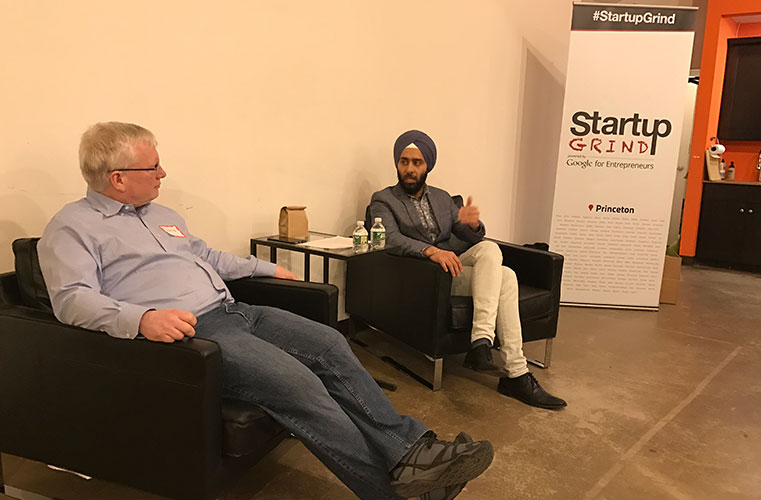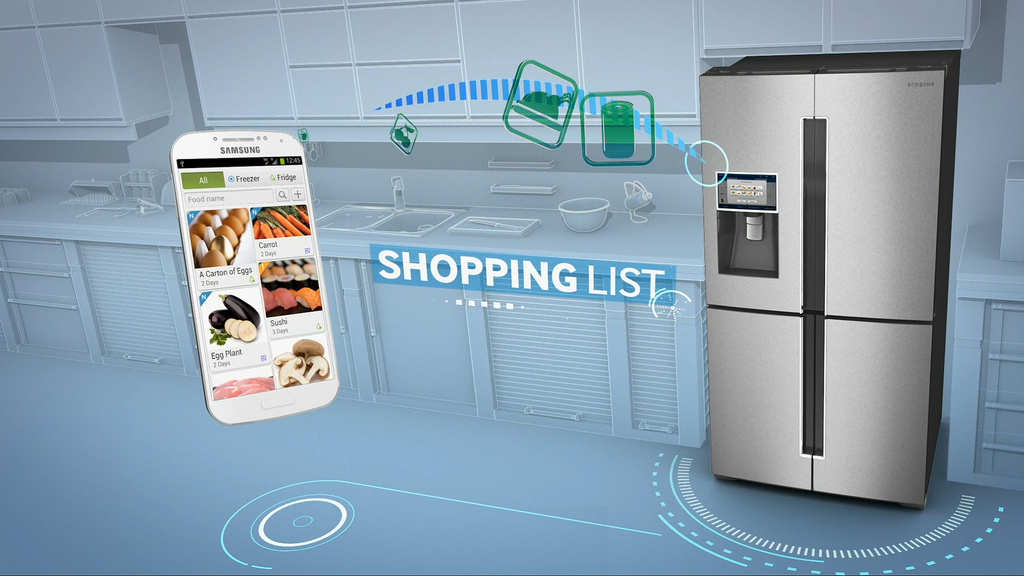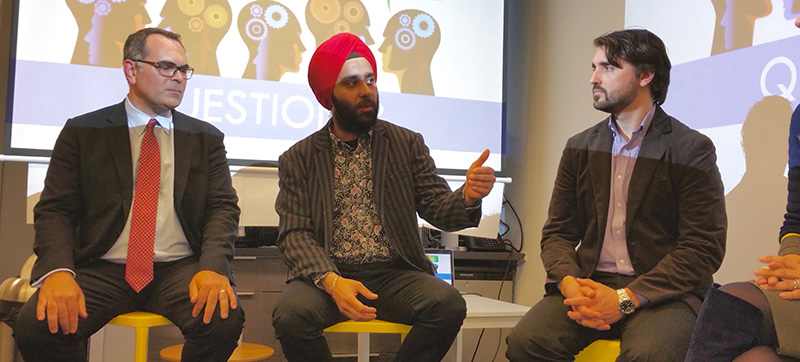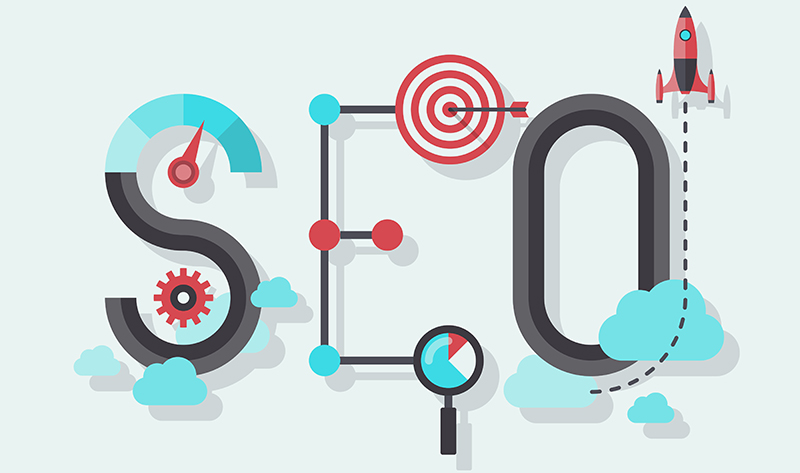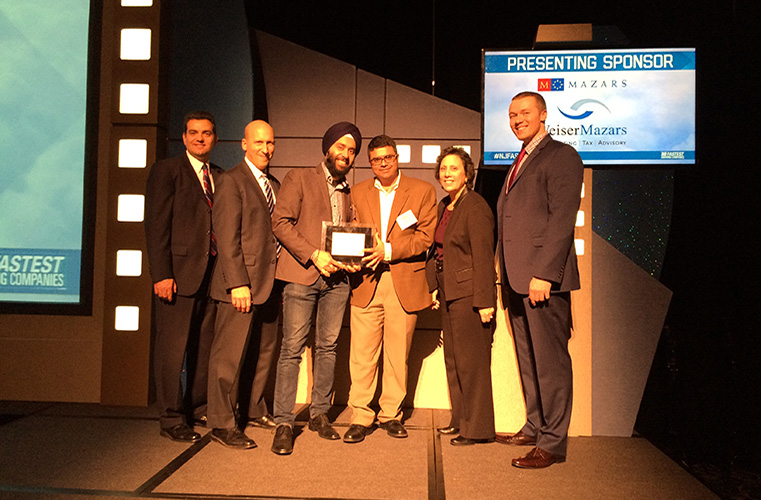Posts Tagged: marketing
Growth Hacking: How to Grow Your Startup on a Lean Budget
Talking to cutting-edge NYC entrepreneurs at NYC Startup Society event.
When My Fridge Orders Milk – What Iot Revolution Means for Brand Marketing? – Published on Digital Doughnut
The Internet of Things has arrived
While some continue to write it off as futuristic, they are not acting any different from skeptics we had when mobile technologies were maturing. We all know what happened next – it took only couple of years for smartphones to change our lives. And, if mobile brought ‘change’, IOT will be nothing short of a transformation. Only a couple of years ago, impact of IOT didn’t seem much. But, then, almost instantly, mobile, web 2.0, and connectivity technologies became ubiquitous and inexpensive. Technologies like Wi-Fi, NFC, RFID, and sensor tags now make economic sense for widespread use. These technologies when added to everyday products enable massive data exchanges, and make it possible for brands to deliver dynamic services.
According to Cisco Systems, 15 billion connected devices already exist, and the number will reach 50 billion by 2020. Intel is even more bullish and predicts 200 billion connected devices by 2020. But, another number from Cisco puts things in better perspective, i.e., 98% of all physical devices will be part of the Internet of Things ecosystem. While most people only think about the obvious IOT candidates such as cars, consumer electronics, and appliances, these make up a very small percentage of trillions of consumer products sold every year. The biggest opportunity for marketers is in dumb products that will become part of the IOT ecosystem via smart packaging and software.
via When My Fridge Orders Milk – What Iot Revolution Means for Brand Marketing? – Digital Doughnut.
Big Data’s Big Deal is HUMAN TOUCH, not Technology – Published on AnalyticsWeek
I have been involved in marketing analytics work for some years now. It requires me to regularly talk to CXOs about their big data challenges, and their plan to leverage this data to improve business decision making. I am constantly surprised how much misconception exists among executives. All of them read about new technologies and platforms coming out of Silicon Valley that magically clean, organize, analyze and visualize data for them. As if, they just have to implement some technology, press a button, and insights would start flowing.
This is a myth. There is no such (magical) technology-based analysis. Period.
Big Data’s big deal is not about technology platforms – it is rather about appropriate human interface with data technology.
I am myself guilty of selling big data solutions under the facade of technology and platforms. In many ways, I have contributed to this misconception about Big Data technology. So, I hope you believe me when I tell you – Big Data’s big deal is not about technology platforms – it is rather about appropriate human interface with data technology. Let’s not continue to speculate that technology platforms would save the enterprise from all data problems. I have seen the most advanced technology platforms that exist today. There is only one thing I know – these platforms would serve no purpose if we don’t have trained data professionals who know three basic things – business/domain knowledge, analytical experience, and ability to embrace new data technology.
via Big Data’s Big Deal is HUMAN TOUCH, not Technology – AnalyticsWeek.
AXTRIA RANKED 11TH ON NEW JERSEY’S 50 FASTEST GROWING COMPANIES (2015) BY NJBIZ
Axtria, a leader in Data Analytics software and services, has been Ranked 11th on New Jersey’s 2015 50 Fastest Growing Companies by NJBIZ (New Jersey’s premiere business news publication). We are glad to share that Axtria has achieved this feat for the second year in a row.
The NJBIZ 50 Fastest Growing Companies awards program celebrates New Jersey’s most dynamic companies who progressively contribute to the success of the state’s economic growth and stability. To qualify, companies had to meet selection criteria that included a revenue size of at least $500,000 within the past two out of three years and growth in revenue over a three year period, dating from the fiscal year 2012 to 2014.
The NJBIZ recognition follows Axtria being featured for the second year in a row on the Inc.5000 list in August 2015 and also being selected as a Red Herring Top 100 North America winner in June 2015.

